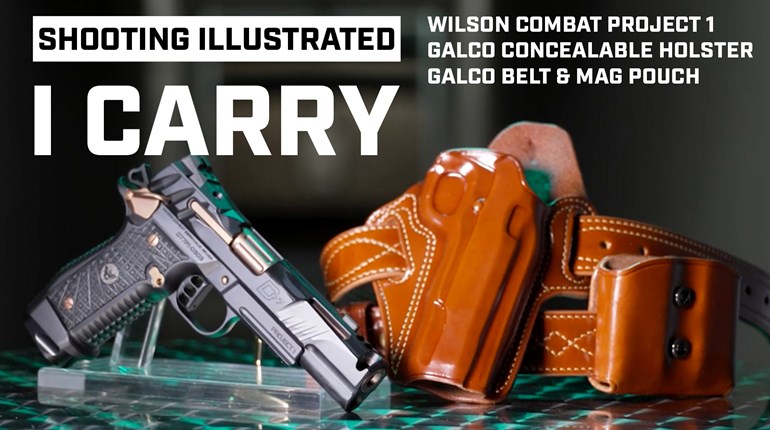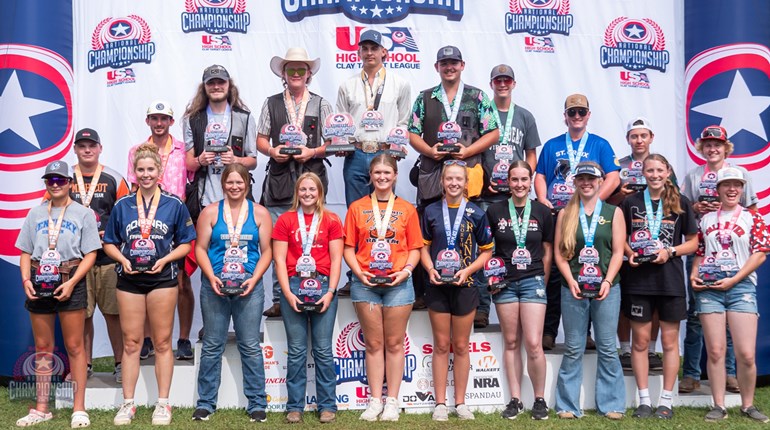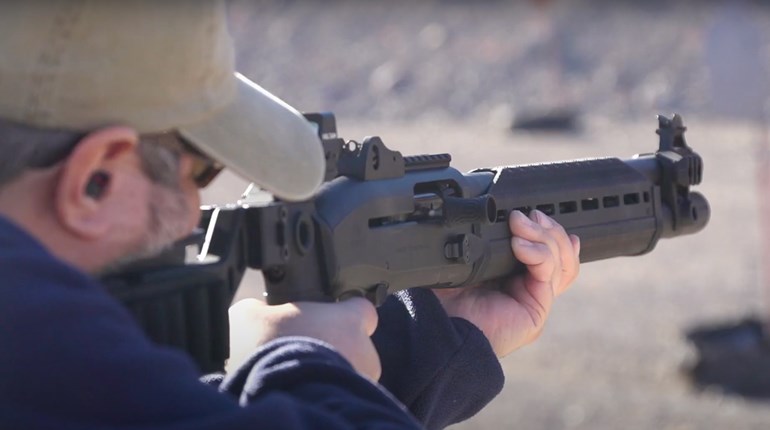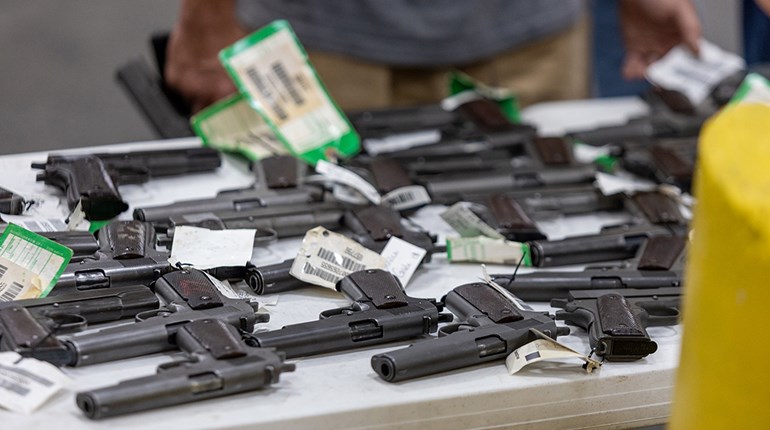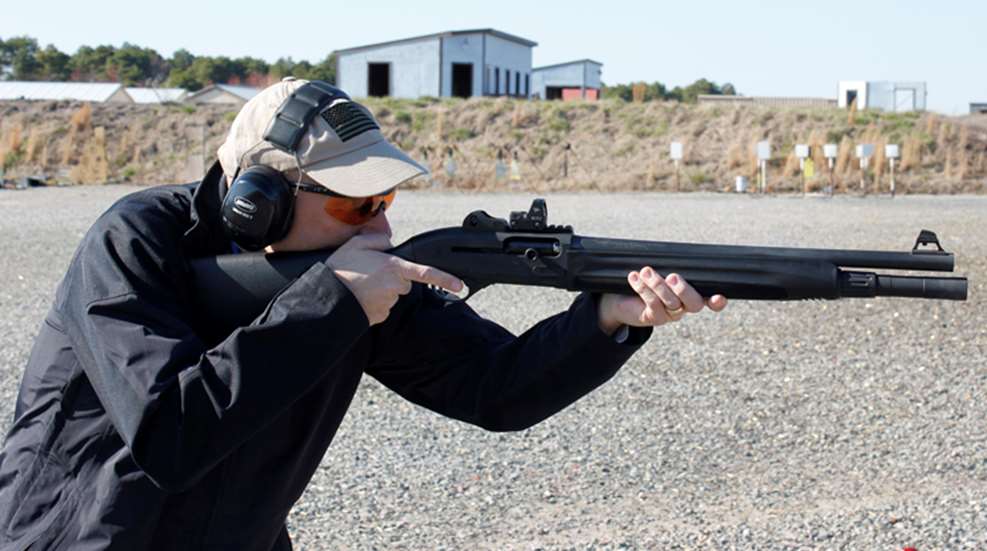
Earlier this year, I attended the inaugural Beretta Tactical Summit. Sponsored by Beretta Defense Technologies, a number of writers, editors and contributors were invited to participate, bringing us all to Academi Training Center in Moyock, NC to run through classes in pistols, carbines, long-range and shotgun. The goal was simple: Take experienced shooters, hand them equipment representing the major disciplines, give them top-notch instruction, and see how well both the participants and the hardware perform.
We started with a group get-together in a classroom setting, with attendees represented a diverse cross-section of the gun writing community. Beretta brought in outside instructors as well as in-house subject matter and hardware experts to help familiarize us with the equipment we’d be using and how to best employ each tool.
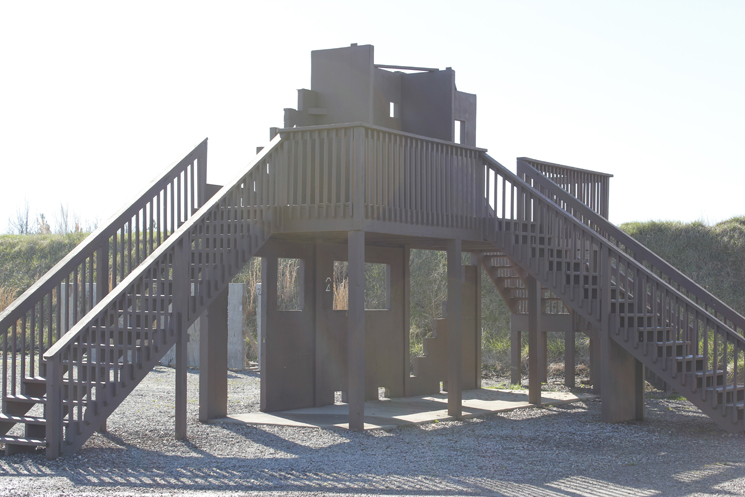
Next up was a tour of the Academi facility. It’s quite impressive—there’s an 800 yard range, a 1200 yard range, three 360-degree shoothouses, two additional shoothouses including 2-story versions, a defensive-driving course and even an air strip. There’s a reasonably full medical facility on-site, too, capable of handling most emergencies that might arise.
We started the first full day with carbine instruction. Pat Rogers from E.A.G. Tactical took the lead instructor role, and the man is nothing short of a force of nature. If you ever get a chance to train with Pat, do it without hesitation. Just beware the moose rooster…
The ARX100 is significantly different from the AR-15, and took a bit of getting used to for this diehard M4 fan. The bolt release and charging handle are in completely different locations, the magazine release is much smaller and not only is the safety higher up on the receiver, but it is also significantly stiffer.
We shot at distances from 5 yards to 50 (steel at 25 and 50, paper for remainder). The goal was to keep all shots in center-of-mass or top A-zone whenever possible on the standard silhouette target. One of the rapid fire drills showed the value of taking time to aim—shooting faster, if you're not making solid hits, is just making noise. Second round we aimed for accuracy over speed, and not only still got all rounds off in the specified time frame, but only one round out of approximately 100 was outside the body inner circle (and within 1/2 an inch at that).
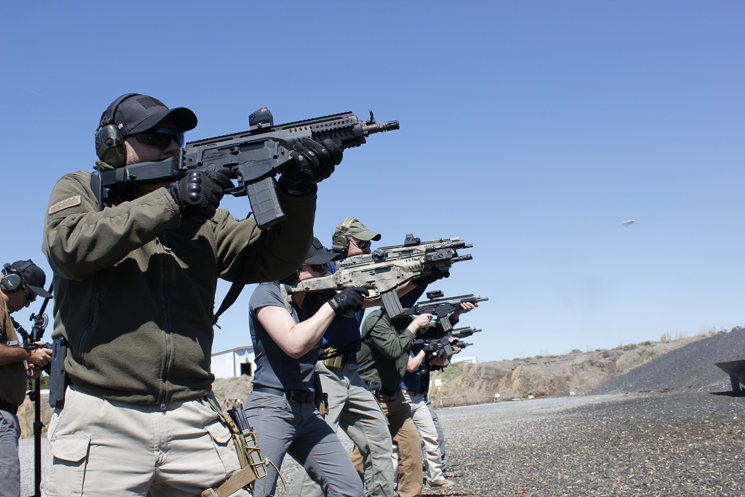
Unfamiliarity with the ARX led to a cardinal sin—looking at the firearm rather than keeping eyes on the "threat." Rogers made a very good point about tactics and actually having to engage, in that we should train until the "administrative" functions like reloads become second nature and we don't need to devote extra time and energy to completing these mundane tasks. A bit of time was devoted to stance and how to maximize your body position to best handle recoil. He also introduced the concept of a "fighting stance" (feet shoulder-width apart, lead foot forward, rear foot slightly behind) with an aggressive lean to allow recoil to flow through the body rather than stop at the shoulder.
The experience gave me much to think about, but mainly how I need more practice.
We headed out to do some long range shooting in the afternoon. John (Doc) Spears , a Combat Medic and long-range instructor, got us started at 100 yards with a simple three-round group. Once all shooters verified they were on target and consistent, we moved back to 400 yards and a steel plate. From there, we proceeded to the 800 yard line with fewer students getting hits. Wind varied between 5 to 20 mph, so was an excellent exercise in reading environmentals.
Sako rifles (part of the Beretta family) are very accurate and the TRG series is quite customizable to fit the shooter. Between the heavy chassis and the muzzle brake, the recoil from .308 Win. was negligible. I found that I enjoyed much better success with the prone position here than I did last year at the NRA Outdoors Long Range shooting clinic—possibly due to the bipod on the Sako rifle allowing me to get into a better position. Know and be comfortable with your equipment!
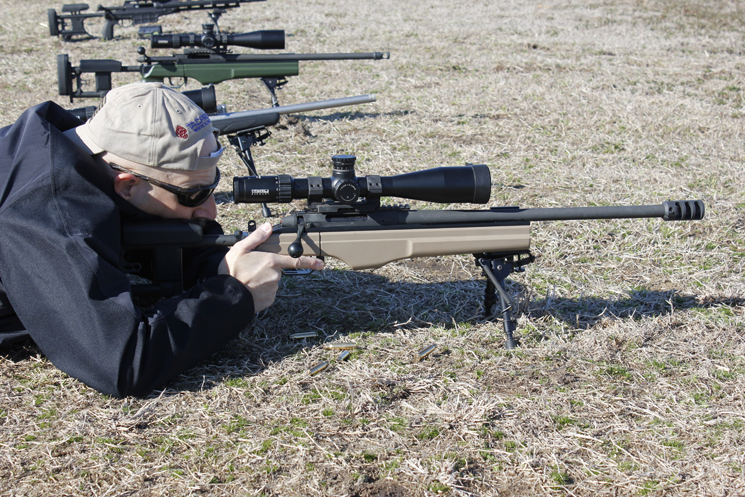
That night we received instruction on nighttime/low-light shooting. If you haven’t had the chance to do so, it comes highly recommended. Given that the majority of confrontations we are likely to encounter in our everyday lives are statistically likely to happen once the sun goes down, it’s excellent practice to run through scenarios in lighting other-than-ideal.
We started on the carbine range with white lights and lasers as the sun went down. John “Chappy” Chapman with Beretta Defense Technologies helped guide this group through this portion. We got a quick feel for how low-light changes everything—the reason we were counseled not to look at our firearms during the day has a lot to do with the complete inability to see at night—if it takes you out of the fight for a couple seconds during the day, it's ten times longer at night, and you might need to use illumination that will give away your location and make you a bright, glowing target.
And then it got dark.
Donning helmets with IR lenses, it is truly amazing how technology has advanced. I have used IR gear in a previous life, clunky, heavy monocular units with poor resolution that required additional light sources placed throughout the single room of operation—forget moving around. The Steiner Optics IR lens (Steiner is part of Beretta Defense Technologies) used was significantly lighter and provided a field of vision that was worlds apart. It was actually useful. And making hits on steel plates at 50 yards in total darkness is pretty darn cool. You can see sparks from splash as if the bullets were made of magnesium...
Once indoctrinated into night fighting on the carbine range, we headed back out to the long range field to try what Spears called FM: "Flippin' Magic." (Well, he used another word, but this is a family publication...) We opted for holds rather than dialing in the scope at range, because, well, dark. Using a Steiner scope with a graduated, IR-illuminated reticle, it was simple to hold in the correct spot once the wind call was made. It took a second try to get a hit, mainly because the target at night was little more than a pinpoint in the distance.
But it was hit. In the dark. At 400 yards. That's flippin' magic for you.
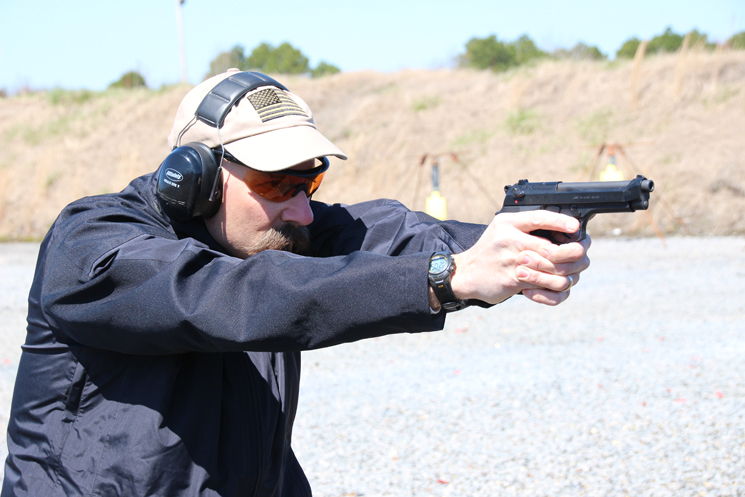
The second day of instruction included pistol instruction in the morning and shotguns in the afternoon. Pistol training opened with Ernest Langdon, of Langdon Tactical. After selecting gear and making ready, we had a brief discussion on tactics, gear and matching the two. Right there, on the pistol course with the Beretta model 92, Langdon provided what may be the best tactical defense of the SA/DA system. In bringing the pistol to fire, it allows the shooter to be staging the trigger as the gun is brought to a firing stance. Interesting that, although we had a choice between the Beretta 92 and the PX4, everyone chose the 92. Guess growing up with Lethal Weapon and Die Hard leaves an impression...
Langdon ran us through a number of drills involving reloading, varying distances and shooting rapidly. Walking the balance beam of speed and accuracy is a lot harder than it seems—basically, it seems I can shoot really fast, or I can shoot moderately accurately, but not at the same time. No matter how much I concentrated on the perfect form, once the timer beeped it all went out the window.
Again, much like with the carbine portion, it drove home that I need more practice.
The last training session involved shotguns, specifically the Golden Bullseye-winning Beretta 1301. Instruction was provided by the eminently talented Steve Fisher, of Sentinel Concepts. Using Federal FliteControl buckshot, we were given a demonstration of just how accurate a shotgun can be. Fisher loaded up his shotgun, and demonstrated on a steel "hostage" target. 10 yards, then 20, then 50 - and was still getting solid hits on the "bad guy" at that distance. Moved out to 75 yards and still got solid hits (I think at this point it was 4-5 pellets). It wasn't until close to 90 yards that a single pellet strayed to the side of the "good guy" target.
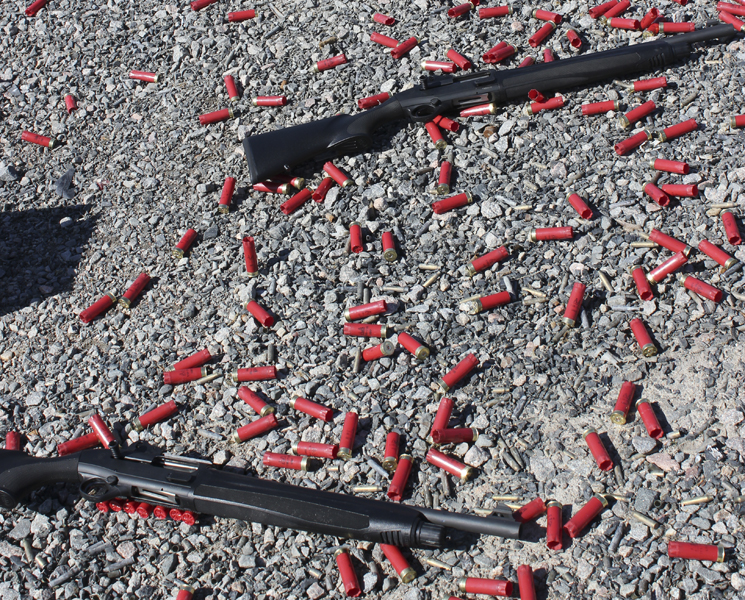
Fisher had us run some loading drills to illustrate that, with practice, the main disadvantage of the shotgun (low capacity) can be overcome. When you're in a line of people, all waiting for you to fire before they can continue the drill, it really pushes you to load faster. Getting more fodder into your scattergun is the toughest part of using a 12-gauge, but with repetition and practice you can get a pretty fast routine going. It's pretty eye-opening.
For each of the four main instructional sections, there was a section at the end where we were directed to put all the new skills we learned to good use. Using a timer (for all but the long-range portion), a little friendly competition arose between the participants to see who could make the most accurate hits the fastest. It really is instructive to see how your mindset changes when something’s on the line—I found I performed best when the timer went off and I was actually competing. Somehow, I even managed to win the carbine division.
This was the first (and hopefully not last) Beretta Tactical Summit. The only "negative" I can come up with is simply that it was too short for such excellent tutelage. Beretta very smartly chose not to introduce any new hardware, rather letting the writers they invited run existing firearms under careful and knowledgeable instructors so that we could all see just how good we—and the hardware—could be.












